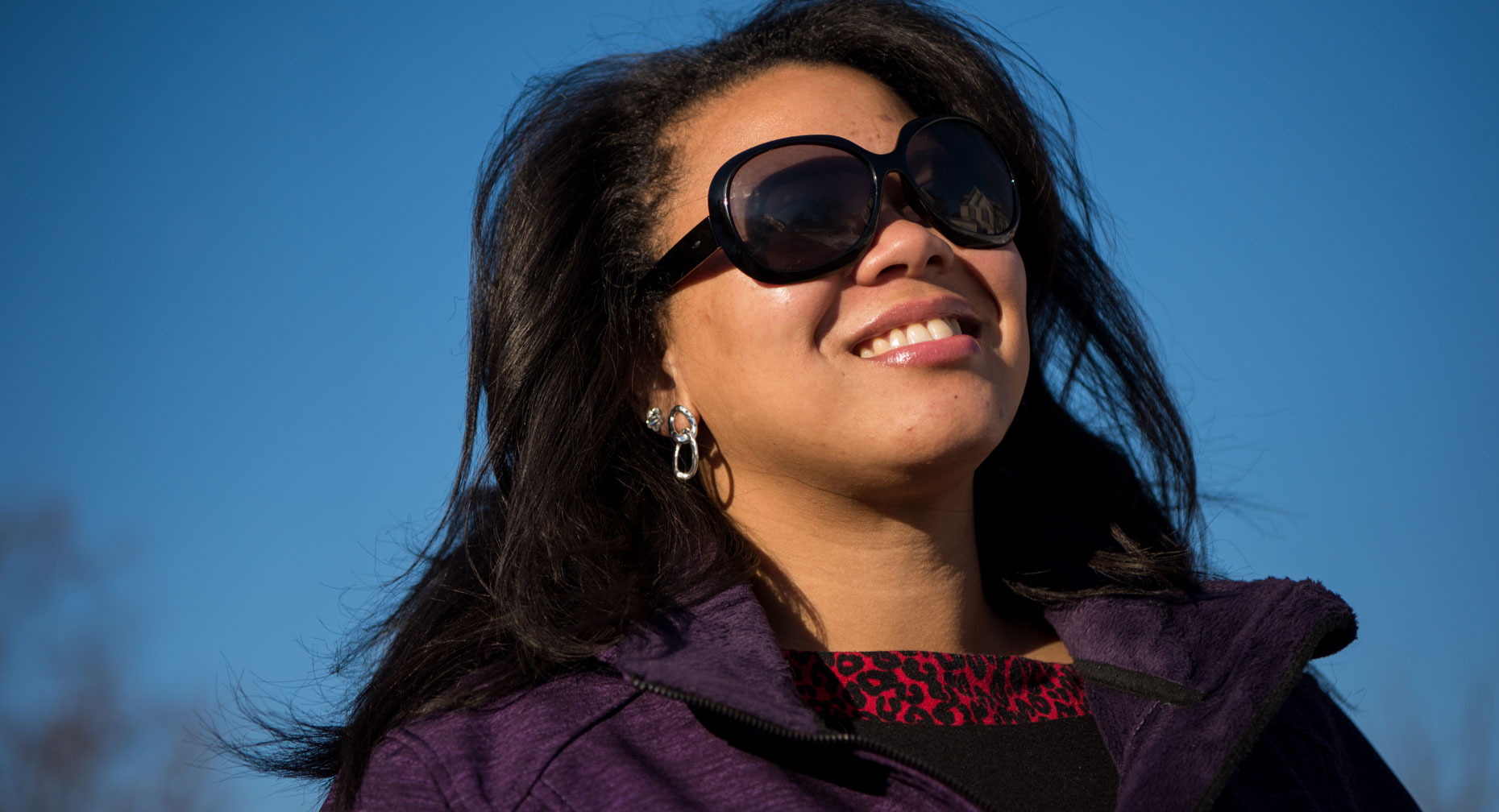10 Savvy Tips to Keep Your Skin Looking Young

Find Your Perfect Match
Answer a few questions and we'll provide you with a list of primary care providers that best fit your needs.
When it comes to aging skin, you can’t stop Mother Nature — but you can slow her down. Some things can’t be prevented. Eventually we all get lines on our faces. Our skin gets thinner and drier. And our faces may lose some of their youthful fullness. But we all have the power to make lifestyle choices that help hold back the clock on aging skin.
What Changes Are Normal?
Along with gray hair, skin changes are one of the most visible signs of aging. Some — like too much sun exposure — are related to the environment, but others are triggered by our own unique genetic makeup, what we eat and other factors. As we get older, most of us can expect:
- Sagging: Changes in the skin’s connective tissue reduce its strength and elasticity. This is most noticeable in areas that are exposed to the sun.
- Wrinkles: Over time, as our skin becomes less elastic, wrinkles begin to appear. Damage from too much sun plays a major role, as does gravity.
- Age spots: Flat brown spots, once called “liver spots,” are usually caused by years in the sun. They typically appear on the face, hands, arms, back and feet.
- Skin tags: Women are especially likely to develop these small, flesh-colored skin growths. They are most often found on the eyelids, neck and body folds like the armpit, chest and groin.
- Bruising: The skin’s blood vessels become more fragile, which leads to bruising (bleeding under the skin).
- Dryness: Sebaceous glands produce less oil, especially after menopause. The result can be dry, itchy skin.
Exercising moderately most days of the week can improve circulation and boost the immune system, giving your skin a more youthful appearance.
Most of these changes are annoying, but harmless. But be on the alert for signs of skin cancer. Make a yearly visit to the dermatologist (a physician specializing in skin problems) part of your routine, and call your health care provider if you spot any growths, a sore that doesn’t heal or a bleeding mole
Slowing Down the Signs of Aging

Even though we can’t halt the natural aging process, there are steps we can take to minimize premature skin aging. Make good skin care a lifelong practice:
- Protect your skin from the sun all year long: Whether you’re lounging poolside or running to the grocery store, use a good-quality sunscreen when you’re outdoors, even in winter. Wear protective clothing and a hat when needed. If you love the look of tawny skin, use a self-tanner.
- Stop smoking: Smoking accelerates skin aging, and causes wrinkles.
- Eat your fruits and veggies: A healthy diet may help prevent damage that leads to premature skin aging.
- Cut back on alcohol: Alcohol dehydrates and eventually damages skin.
- Exercise: Exercising moderately most days of the week can improve circulation and boost the immune system, giving your skin a more youthful appearance.
- Clean your skin gently: Scrubbing your skin may irritate it, which can speed skin aging.
- Wash your face twice a day: Perspiration irritates the skin, so wash as soon as you can after sweating.
- Use a facial moisturizer daily: Moisturizer helps hold water in our skin, making it look younger.
- Avoid irritating skin products: If your skin burns or stings when you use your favorite soap, it means your skin is irritated. This can make you look older.
- Don’t make a face: When you make the same facial expression again and again, these lines can become permanent. Wearing sunglasses can help reduce lines caused by squinting.
Treatments for Aging Skin
If you’re troubled by the appearance of your aging skin, talk with your health care provider or see a dermatologist. She may recommend treatments that help smooth wrinkles, tighten skin and improve the complexion. Some treatments for sun-damaged skin include:
- Botulinum Toxin Type A: Also known as Botox, this injection relaxes muscles to stop wrinkles and furrows from forming, especially on the forehead and around the eyes.
- Chemical peels: By removing the top layer of skin, a chemical peel improves the skin’s appearance by minimizing sun-damaged skin, irregular skin color and superficial scars.
- Filler injections: A soft tissue filler is injected under the skin to treat wrinkles, scars and facial lines.
- Dermabrasion: This method removes the top layers of skin to minimize minor skin surface irregularities, and surgical or acne scars.
- Laser skin resurfacing: Laser resurfacing burns away damaged skin and can lessen wrinkles and fine scars.
- Intense Pulsed Light (IPL) Therapy: IPL therapy is similar to laser skin resurfacing but does not damage the top layers of skin.
- Tretinoin treatment: Sold under the brand name Retin-A, this prescription skin cream can reduce wrinkles and improve rough or discolored skin.
Find Your Perfect Match
Answer a few questions and we'll provide you with a list of primary care providers that best fit your needs.
Source: MedlinePlus; NIH; American Academy of Dermatology (AAD)

